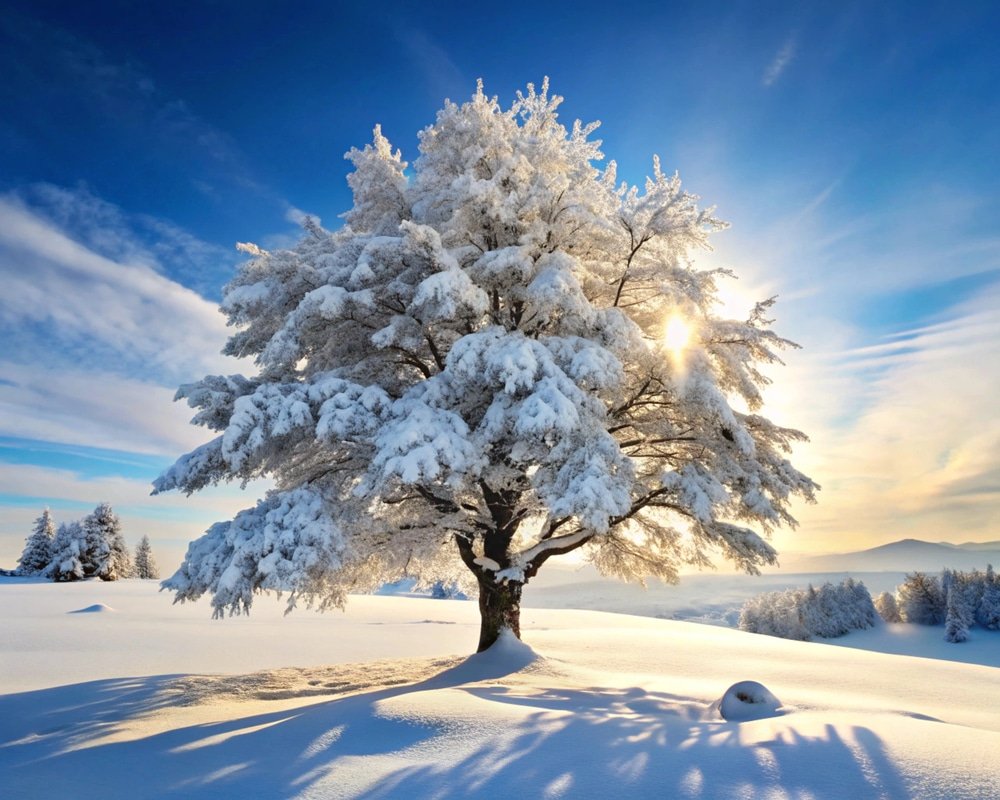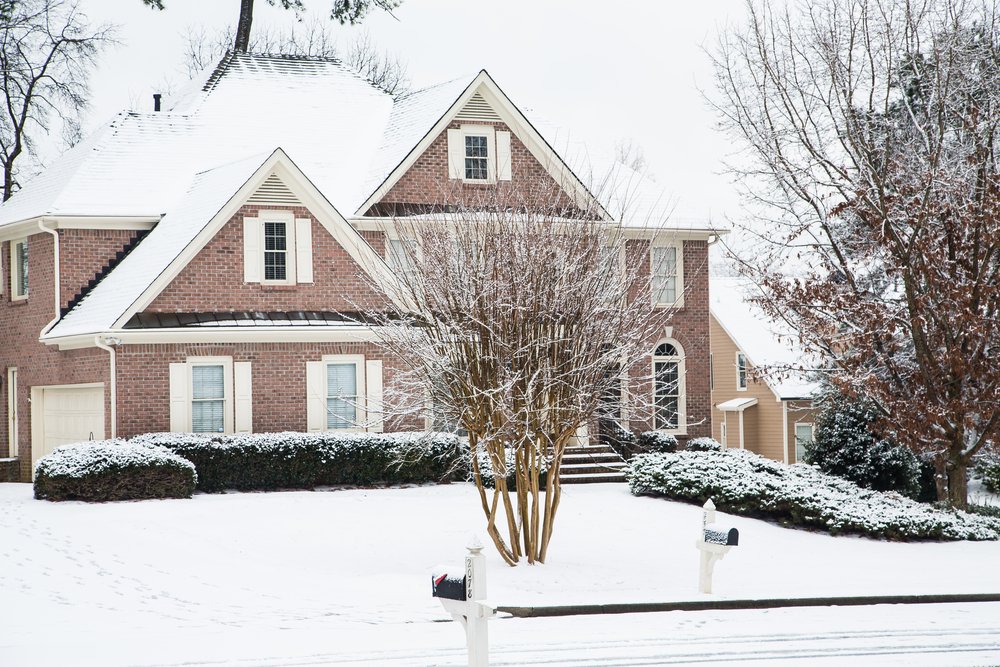Winter is often thought of as the “off-season” for lawn and landscaping care, but that doesn’t mean there isn’t plenty to do—or plenty of misinformation out there. To help you separate fact from fiction, we’re debunking some of the most common winter landscaping myths.
Myth 1: Lawns Don’t Need Any Attention in Winter
Fact: While grass may go dormant in winter, it still needs care to prepare for the next growing season.
Simple tasks like raking up leaves, aerating compacted soil, and keeping the lawn clear of heavy debris like fallen branches or excess snow can prevent problems like mold or uneven growth when spring arrives.
Myth 2: Salting Driveways Won’t Hurt Your Lawn
Fact: Rock salt can cause serious damage to your lawn, plants, and soil. Salt runoff can dehydrate grass and create bare patches near walkways and driveways. Instead, consider using eco-friendly ice melt or sand for traction, which is gentler on your landscaping.
Myth 3: You Should Prune Trees and Shrubs Whenever It’s Warm Enough
Fact: Timing matters! Winter is ideal for pruning certain trees and shrubs, but only during their dormant phase. Pruning at the wrong time can lead to damage or poor growth in spring. Research the needs of your specific plants to avoid costly mistakes.
Myth 4: Fertilizing in Winter Is Pointless
Fact: Late-fall or early-winter fertilizing can be beneficial for many types of grass. Cool-season grasses, in particular, can store nutrients during winter, which helps them thrive in spring.
Myth 5: You Don’t Need to Water Your Lawn in Winter
Fact: Even in winter, your lawn and landscape can suffer from dehydration. If your area experiences long periods without rain or snow, and the ground isn’t frozen, a light watering can prevent drought stress for trees and shrubs.
Myth 6: Snow Always Protects Your Lawn
Fact: While snow can act as an insulating layer, it’s not always beneficial. Heavy snow or ice can cause soil compaction and suffocate grass, leading to issues like snow mold or bare spots. If snow piles up, try to distribute it more evenly across your yard to avoid damage.
Myth 7: Landscaping in Winter Is a Waste of Time
Fact: Winter is actually a great time for planning and preparation. Use the off-season to evaluate your yard’s layout, test soil quality, or even install hardscaping features like patios or pathways. By getting a head start, you’ll be ready to hit the ground running when spring arrives.
Myth 8: Winter Mulching Is Unnecessary
Fact: Mulching in winter is incredibly helpful for protecting plant roots from harsh temperature fluctuations. Adding a layer of mulch around trees, shrubs, and garden beds helps retain moisture and insulates the soil.
Myth 9: Grass Won’t Grow Back After Winter Damage
Fact: Most lawns can recover from winter damage with proper care. Aeration, overseeding, and applying the right fertilizer in early spring can help restore a lush, green lawn.
Winter landscaping doesn’t have to be a season of guesswork. By understanding the facts and debunking common winter landscaping myths, you can ensure your lawn and garden are set up for success come spring.


